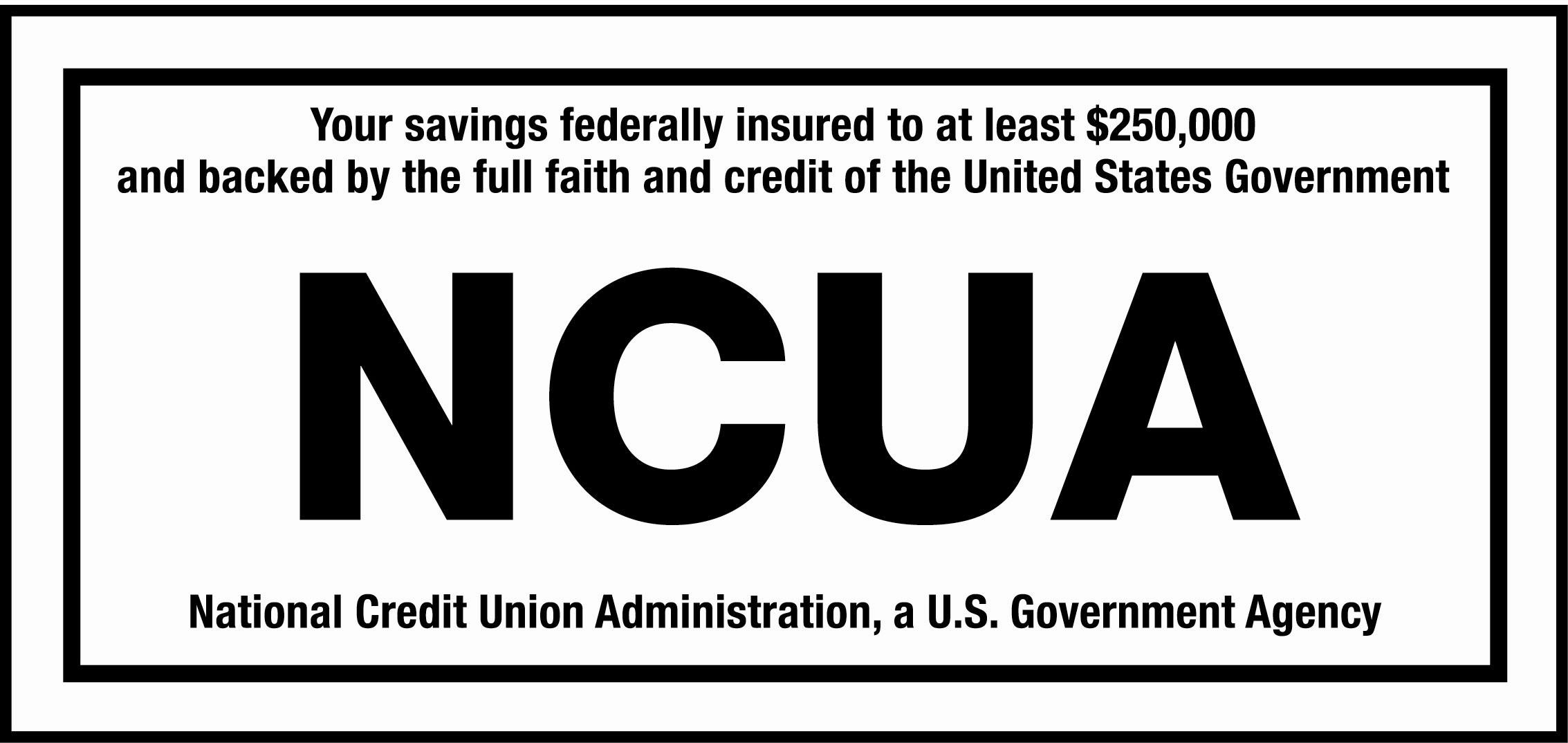What comes to mind when you think about predatory lending? Most people probably think about predatory mortgages and the role they played in the decline of the housing market about 10 years ago. The reality is though, predatory lending is any kind of unfair, deceptive or fraudulent lending practice. Believe it or not, even with underwriting practices being tightened and increased regulations, predatory lending is still out there.
It’s important to know that loan products themselves are not predatory. An example would be variable interest rate loans. These types of loans can be a valuable tool for many borrowers. However, if the lender disguises their variable rate loan as a loan with a fixed rate, the lender is pulling a bait and switch on the borrower – which is a predatory lending practice.
Here are some classic warning signs to help you avoid predatory lending:
- They ask you to lie on your application. If someone asks you to lie on a loan application you should ask yourself what kind of ethical code they are operating on and if they really have your best interest in mind. They are most likely looking out only for themselves. Lying on a mortgage application is a crime, and mortgage fraud is a big deal.
- You are pressured to act quickly. High pressure sales tactics should generally be avoided at all costs. The salesman is trying to get you to make a decision without considering all of the implications. Take the time to make yourself comfortable with your decision. A good lender will not pressure you to decide right away.
- The fees are high compared to other lenders. Talk to more than one lender about their fees and costs involved in getting a loan with them. Unless you’re unlucky enough to talk to all predatory lenders, you’ll be able to spot the differences.
There are definitely less predatory lenders out there than there used to be. Keep your eyes and ears open do your research and you’ll be able to spot them as soon as they rear their ugly heads.



